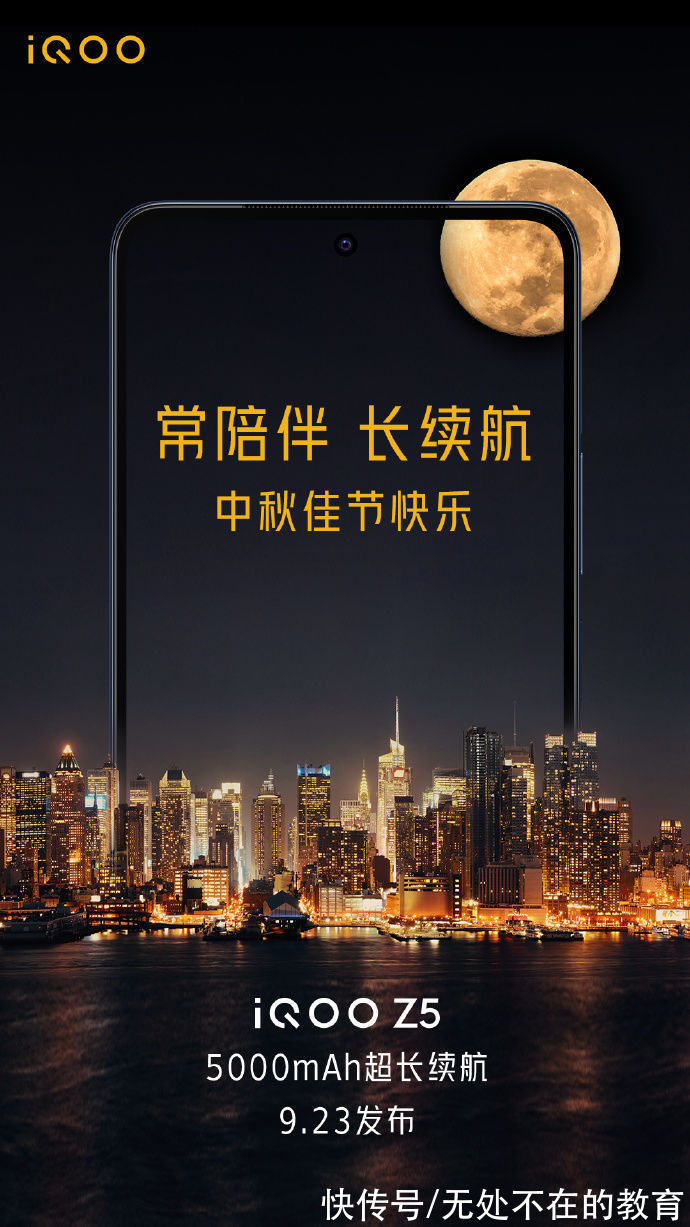博观而约取,厚积而薄发。这篇文章主要讲述Android中Parcelable接口使用方法相关的知识,希望能为你提供帮助。
1. Parcelable接口
Interface for classes whose instances can be written to and restored from a Parcel。 Classes implementing the Parcelable interface must also have a static field called CREATOR。 which is an object
implementing the Parcelable.Creator interface。
2.实现Parcelable就是为了进行序列化。那么。为什么要序列化?
1)永久性保存对象,保存对象的字节序列到本地文件里。
2)通过序列化对象在网络中传递对象;
3)通过序列化在进程间传递对象。
3.实现序列化的方法
android中实现序列化有两个选择:一是实现Serializable接口(是javaSE本身就支持的),一是实现Parcelable接口(是Android特有功能。效率比实现Serializable接口高效,可用于Intent数据传递,也能够用于进程间通信(IPC))。实现Serializable接口很easy,声明一下就能够了,而实现Parcelable接口略微复杂一些。但效率更高。推荐用这样的方法提高性能。
注:Android中Intent传递对象有两种方法:一是Bundle.putSerializable(Key,Object),还有一种是Bundle.putParcelable(Key,Object)。当然这些Object是有一定的条件的,前者是实现了Serializable接口,而后者是实现了Parcelable接口。
4.选择序列化方法的原则
1)在使用内存的时候,Parcelable比Serializable性能高,所以推荐使用Parcelable。
2)Serializable在序列化的时候会产生大量的暂时变量,从而引起频繁的GC。
【Android中Parcelable接口使用方法】
3)Parcelable不能使用在要将数据存储在磁盘上的情况,由于Parcelable不能非常好的保证数据的持续性在外界有变化的情况下。虽然Serializable效率低点。但此时还是建议使用Serializable 。
5.应用场景
须要在多个部件(Activity或Service)之间通过Intent传递一些数据。简单类型(如:数字、字符串)的能够直接放入Intent。复杂类型必须实现Parcelable接口。
6、Parcelable接口定义

文章图片
public interface Parcelable { //内容描写叙述接口,基本不用管 public int describeContents(); //写入接口函数。打包 public void writeToParcel(Parcel dest, int flags); //读取接口,目的是要从Parcel中构造一个实现了Parcelable的类的实例处理。由于实现类在这里还是不可知的,所以须要用到模板的方式。继承类名通过模板參数传入 //为了可以实现模板參数的传入。这里定义Creator嵌入接口,内含两个接口函数分别返回单个和多个继承类实例 public interface Creator< T> { public T createFromParcel(Parcel source); public T[] newArray(int size); } }

文章图片
7、实现Parcelable步骤
1)implements Parcelable
2)重写writeToParcel方法,将你的对象序列化为一个Parcel对象,即:将类的数据写入外部提供的Parcel中,打包须要传递的数据到Parcel容器保存,以便从 Parcel容器获取数据
3)重写describeContents方法,内容接口描写叙述,默认返回0就能够
4)实例化静态内部对象CREATOR实现接口Parcelable.Creator
public static final Parcelable.Creator< T> CREATOR
注:当中public static final一个都不能少,内部对象CREATOR的名称也不能改变,必须所有大写。需重写本接口中的两个方法:createFromParcel(Parcel in) 实现从Parcel容器中读取传递数据值。封装成Parcelable对象返回逻辑层,newArray(int size) 创建一个类型为T,长度为size的数组。仅一句话就可以(return new T[size]),供外部类反序列化本类数组使用。
简而言之:通过writeToParcel将你的对象映射成Parcel对象,再通过createFromParcel将Parcel对象映射成你的对象。
也能够将Parcel看成是一个流,通过writeToParcel把对象写到流里面。在通过createFromParcel从流里读取对象,仅仅只是这个过程须要你来实现,因此写的顺序和读的顺序必须一致。
代码例如以下:

文章图片
public class MyParcelable implements Parcelable { private int mData; public int describeContents() { return 0; }public void writeToParcel(Parcel out, int flags) { out.writeInt(mData); }public static final Parcelable.Creator< MyParcelable> CREATOR = new Parcelable.Creator< MyParcelable> () { public MyParcelable createFromParcel(Parcel in) { return new MyParcelable(in); }public MyParcelable[] newArray(int size) { return new MyParcelable[size]; } }; private MyParcelable(Parcel in) { mData = https://www.songbingjia.com/android/in.readInt(); } }

文章图片
8、Serializable实现与Parcelabel实现的差别
1)Serializable的实现。仅仅须要implements Serializable 就可以。这仅仅是给对象打了一个标记。系统会自己主动将其序列化。
2)Parcelabel的实现,不仅须要implements Parcelabel,还须要在类中加入一个静态成员变量CREATOR,这个变量须要实现 Parcelable.Creator 接口。
两者代码比較:
1)创建Person类,实现Serializable

文章图片
public class Person implements Serializable { private static final long serialVersionUID = -7060210544600464481L; private String name; private int age; public String getName() { return name; }public void setName(String name) { this.name = name; }public int getAge() { return age; }public void setAge(int age) { this.age = age; } }

文章图片
2)创建Book类,实现Parcelable

文章图片
public class Book implements Parcelable { private String bookName; private String author; private int publishDate; public Book() {}public String getBookName() { return bookName; }public void setBookName(String bookName) { this.bookName = bookName; }public String getAuthor() { return author; }public void setAuthor(String author) { this.author = author; }public int getPublishDate() { return publishDate; }public void setPublishDate(int publishDate) { this.publishDate = publishDate; }@Override public int describeContents() { return 0; }@Override public void writeToParcel(Parcel out, int flags) { out.writeString(bookName); out.writeString(author); out.writeInt(publishDate); }public static final Parcelable.Creator< Book> CREATOR = new Creator< Book> () { @Override public Book[] newArray(int size) { return new Book[size]; }@Override public Book createFromParcel(Parcel in) { return new Book(in); } }; public Book(Parcel in) { bookName = in.readString(); author = in.readString(); publishDate = in.readInt(); } }
推荐阅读
- Android第一行代码学习笔记二---在活动中使用Toast
- HBase命令
- HBase教程
- Hive动态分区
- Hive中的桶
- Apache Spark字数示例
- Apache Spark教程
- 专业人士必备的10款最佳流程图软件合集
- 专业人士的10款最佳组织结构图软件合集












